Home>Garden Essentials>What Should I Put Over Grass Seed
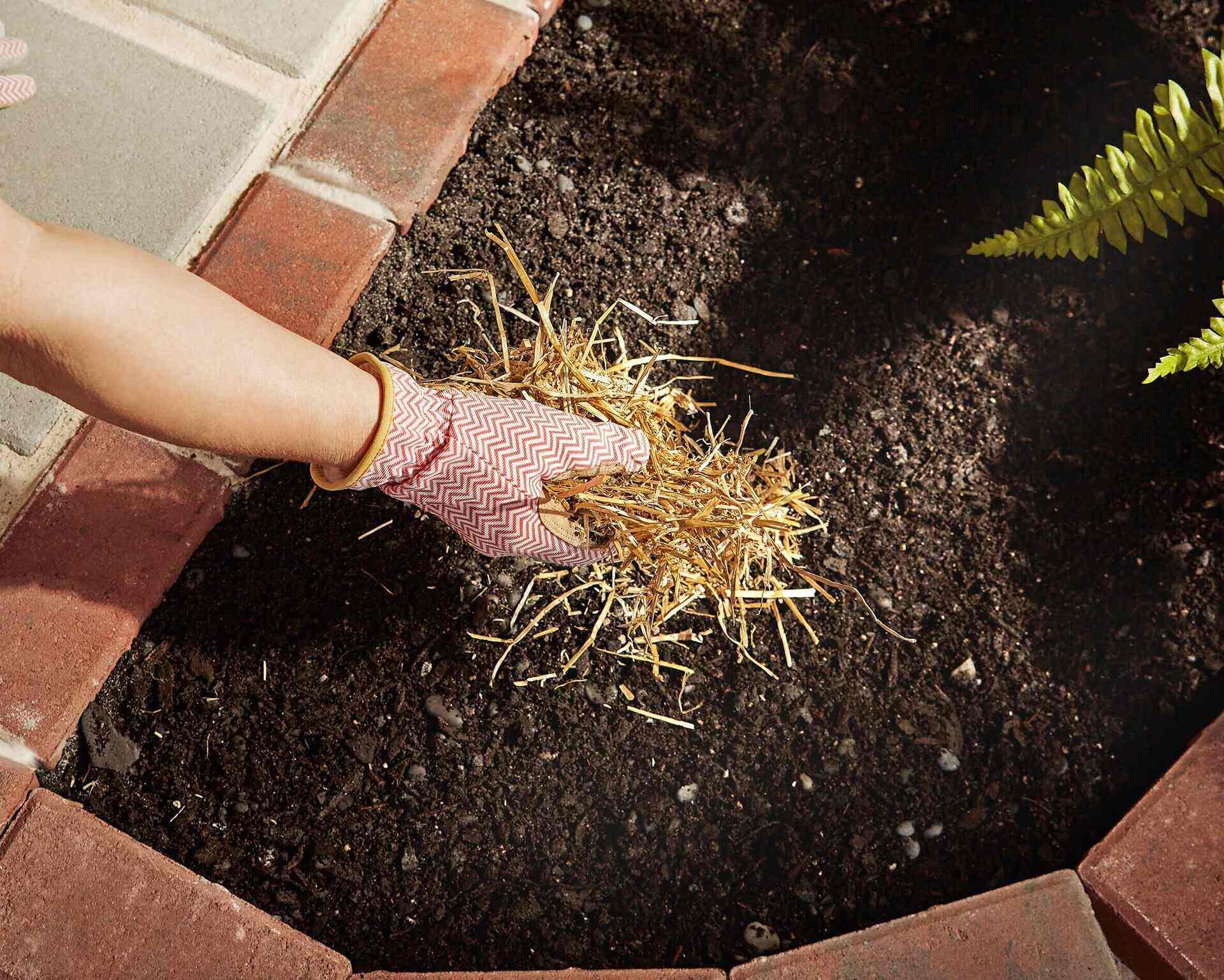

Garden Essentials
What Should I Put Over Grass Seed
Modified: March 24, 2024
Discover what you should put over grass seed to ensure successful growth in your garden. Learn the best practices for nurturing your lawn.
(Many of the links in this article redirect to a specific reviewed product. Your purchase of these products through affiliate links helps to generate commission for Storables.com, at no extra cost. Learn more)
Introduction
When it comes to growing a lush and healthy lawn, one of the key steps is planting grass seed. However, once the seed is sown, it’s crucial to protect it and create the ideal conditions for germination and growth. One way to do this is by utilizing coverings for grass seed.
The right covering can provide essential benefits such as protecting the seed from birds, wind, and erosion. It can also help retain moisture, regulate temperature, and provide a nurturing environment for the seed to sprout and establish roots.
But with so many options available, it’s important to consider various factors before choosing a covering for your grass seed. This article will discuss both natural and synthetic coverings, highlighting their advantages and considerations to help you make an informed decision.
Key Takeaways:
- Choose natural coverings like straw, hay, coconut coir, or compost for eco-friendly and sustainable grass seed protection. They retain moisture, prevent erosion, and promote healthy seed germination.
- Synthetic coverings such as straw blankets, biodegradable erosion control mats, paper mulch, and wood fiber mulch offer durable solutions for erosion control, moisture retention, and weed suppression. They are ideal for challenging environmental conditions.
Read more: What To Put Over Grass Seed
Factors to Consider when Choosing Coverings for Grass Seed
When selecting a covering for your grass seed, there are several important factors to consider. These factors will help determine which type of covering is most suitable for your specific needs and environmental conditions. Let’s take a look at these considerations:
- Climate: The climate in your region plays a significant role in choosing a grass seed covering. If you live in an area with hot and dry summers, you’ll want a covering that helps retain moisture. On the other hand, if you experience heavy rainfall, a covering that prevents excessive water runoff would be ideal.
- Type of Seed: Different grass seed varieties have distinct requirements for germination. Some seeds prefer darkness, while others need exposure to light. It’s important to choose a covering that allows for proper light penetration or provides the necessary darkness based on the seed type.
- Slope and Erosion Control: If you’re planting grass seed on a slope or in an area prone to erosion, you’ll need a covering that can anchor the soil and prevent runoff. Look for coverings with erosion control properties to help stabilize the seedbed.
- Availability: Consider the availability and cost of different types of coverings in your area. Some coverings may be more readily available and cost-effective, making them a practical choice for your grass seed project.
- Biodegradability: If sustainability is a priority for you, opt for coverings that are biodegradable. These coverings will naturally break down over time, enriching the soil with organic matter and eliminating the need for removal once the grass has established.
By considering these factors, you can select a grass seed covering that will provide optimal conditions for germination and growth, setting your lawn up for success.
Natural Coverings for Grass Seed
Natural coverings for grass seed are a popular choice among gardeners who prioritize organic and sustainable practices. These coverings are often sourced from renewable materials and offer various advantages for seed germination and overall lawn health. Here are several natural coverings to consider:
- Straw: Straw is a traditional and widely used grass seed covering. It helps retain moisture, protect the seed from harsh weather conditions, and prevent erosion. Straw also shades the soil, creating a favorable environment for germination. However, be mindful of using straw that is free from weed seeds to prevent unwanted growth.
- Hay: Similar to straw, hay can provide excellent coverage for grass seed. It offers moisture retention, erosion control, and protection from extreme temperatures. However, hay may contain a higher number of weed seeds compared to straw, so it’s crucial to check the quality before use.
- Coconut Coir: Coconut coir, derived from the fibrous husk of coconuts, is an environmentally-friendly choice for grass seed covering. It has excellent moisture retention capabilities and allows for proper air circulation. Coconut coir is also biodegradable and enriches the soil with organic matter as it breaks down.
- Compost: Using compost as a grass seed covering offers several benefits. It provides vital nutrients for seed germination, retains moisture, and improves soil structure. Compost also encourages beneficial microbial activity, promoting healthy root development.
These natural coverings can create a favorable environment for grass seed to thrive while offering environmental benefits and sustainable practices. Consider the specific needs of your lawn and select the natural covering that aligns with those requirements.
Straw
Straw is a commonly used natural covering for grass seed due to its affordability and effectiveness in protecting newly planted seeds. It is made from the dried stalks of grains such as wheat, barley, or rice and can provide numerous benefits for successful seed germination and growth.
One of the key advantages of using straw as a grass seed covering is its ability to retain moisture. By creating a layer of straw over the seedbed, it helps prevent evaporation, keeping the soil consistently moist. This is essential for seed germination, as dry soil can hinder the seeds’ ability to absorb water and sprout. Additionally, the moisture retention provided by straw helps to reduce the frequency of watering needed for the newly planted grass.
Straw also acts as a protective barrier against extreme weather conditions. It shields the seeds from direct sunlight, which can be detrimental to germination, especially for certain grass seed varieties that require darkness for optimal growth. The straw covering also helps to insulate the soil, keeping it cooler during hot summer days and warmer during chilly nights. This temperature regulation aids in creating an ideal environment for seedling establishment.
In addition to moisture retention and weather protection, straw can assist in preventing erosion. Its interlocking structure helps stabilize the soil and reduces the risk of runoff caused by heavy rainfall or strong winds. This is particularly advantageous for sloped areas or regions prone to erosion, as it helps to prevent the loss of valuable topsoil and ensures that the seedbed remains intact.
When using straw as a grass seed covering, it is important to select straw that is free from weed seeds. Straw with weed seeds can create a weed issue in your lawn, leading to competition for nutrients and sunlight. Therefore, it is crucial to source high-quality straw to minimize the potential for unwanted weed growth.
To apply straw as a covering, spread a layer of it evenly over the prepared seedbed. Aim for a thickness of around ¼ to ½ inch, ensuring that the seeds are adequately protected without being smothered. After the grass seed has germinated and established, you can gradually remove or mulch the straw to allow for the unimpeded growth of the new grass.
Overall, straw is a cost-effective and efficient natural covering for grass seed. Its ability to retain moisture, protect against harsh weather conditions, and prevent erosion makes it a popular choice among gardeners. Incorporating straw into your grass seed planting process can significantly increase the chances of successful germination and establishment, resulting in a healthy and vibrant lawn.
Hay
Hay is another natural covering option that many gardeners choose when planting grass seed. Made from dried grasses, hay offers several advantages in creating favorable conditions for seed germination and promoting healthy grass growth.
One of the primary benefits of using hay as a grass seed covering is its ability to retain moisture. The dense nature of the hay helps to lock in moisture, preventing excessive evaporation and keeping the soil consistently damp. This is crucial for seed germination, as dry soil can hinder the seeds’ ability to absorb water and sprout. By providing a moisture-rich environment, hay helps to support the development of strong, healthy seedlings.
Hay also acts as a protective barrier against harsh weather conditions. It shades the soil, helping to regulate soil temperature and reduce moisture loss due to evaporation. This is particularly beneficial during hot summer months when intense sunlight can be damaging to seedlings. Additionally, hay provides insulation, keeping the soil warmer during cooler nights, which aids in the overall growth process.
In addition to moisture retention and temperature regulation, hay can assist in preventing soil erosion. Its interwoven structure helps to stabilize the soil, reducing the risk of runoff caused by heavy rain or wind. This is especially advantageous for sloped areas or regions prone to erosion, as it helps to protect the seedbed and prevent the loss of valuable topsoil.
However, it should be noted that hay may contain a higher number of weed seeds compared to other natural coverings, such as straw. It is essential to ensure that the hay you use is free from weed seeds to prevent the growth of unwanted plants in your lawn. Check the quality of the hay before use and consider sourcing from reputable suppliers to minimize the risk of introducing weeds.
To apply hay as a grass seed covering, spread a layer of it evenly over the prepared seedbed. Aim for a thickness of approximately ¼ to ½ inch, ensuring that the seeds are adequately protected without being suffocated. After the grass seed has germinated and established, you can gradually remove or mulch the hay to allow for unrestricted growth of the new grass.
In summary, hay is an effective natural covering for grass seed. Its moisture retention ability, weather protection, and erosion control benefits make it a popular choice for many gardeners. By incorporating hay into your grass seed planting process, you can increase the chances of successful seed germination and establish a healthy, thriving lawn.
Coconut Coir
Coconut coir is an organic and sustainable grass seed covering that is gaining popularity among gardeners. It is derived from the fibrous husk of coconuts and offers several advantages for seed germination and overall lawn health.
One of the key benefits of using coconut coir as a grass seed covering is its exceptional moisture retention properties. It has the ability to absorb and retain water, providing a consistent and adequate moisture level for the seeds to germinate and establish roots. This is especially beneficial in dry or arid climates where water conservation is crucial for successful grass growth.
Coconut coir also allows for proper air circulation in the soil. Its fibrous structure promotes oxygen flow to the roots, preventing waterlogging and promoting healthy root development. Adequate air circulation is essential for preventing root rot and ensuring the overall vitality of the grass plants.
One of the significant advantages of using coconut coir is its sustainability. Coconut husks are a renewable resource, and the production of coconut coir involves minimal impact on the environment. It is biodegradable, meaning it will naturally break down over time and enrich the soil with organic matter. This enhances soil fertility, promotes beneficial microbial activity, and reduces the need for synthetic fertilizers.
Furthermore, coconut coir has a neutral pH, which means it is not overly acidic or alkaline. This is beneficial for seed germination and root growth, as it provides an optimal pH range for grass plants to absorb nutrients from the soil. Additionally, coconut coir has natural antifungal properties, helping to prevent the growth of harmful fungi and diseases in the seedbed.
To use coconut coir as a grass seed covering, start by hydrating it. Add water to the coir and let it sit until it expands and becomes moist. Once hydrated, spread a layer of the coir evenly over the prepared seedbed, aiming for a thickness of around ¼ to ½ inch. This will provide adequate coverage and moisture retention for the seeds to germinate.
Overall, coconut coir is an excellent natural covering choice for grass seed. Its moisture retention capabilities, sustainability, and soil benefits make it a compelling option for environmentally-conscious gardeners. By incorporating coconut coir into your grass seed planting process, you can create optimal conditions for seed germination and establish a healthy, thriving lawn.
Compost
Compost is a nutrient-rich and environmentally-friendly grass seed covering that offers numerous benefits for successful seed germination and overall lawn health. Compost is produced from organic materials, such as kitchen scraps, yard waste, and plant materials, that undergo decomposition. Using compost as a grass seed covering can enhance soil fertility and provide essential nutrients for seedlings.
One of the key advantages of using compost as a grass seed covering is its nutrient content. Compost is a rich source of organic matter, which delivers a wide range of essential nutrients, such as nitrogen, phosphorus, and potassium, to the soil. These nutrients are vital for plant growth and development, promoting the healthy establishment of grass seedlings. Additionally, compost contains valuable microorganisms and beneficial bacteria that help improve soil structure, nutrient availability, and overall soil health.
Compost also aids in retaining moisture in the soil. Its ability to retain water reduces water evaporation from the seedbed and helps provide a consistent moisture level for seed germination. The moisture retention properties of compost are particularly beneficial during dry or hot periods, as it reduces the frequency of watering required to maintain proper soil moisture levels.
In addition to providing nutrients and moisture retention, compost enhances soil structure. It helps improve soil aeration, drainage, and water-holding capacity. By incorporating compost into the seedbed, you create a favorable environment for root development and overall plant growth. The improved soil structure also minimizes the risk of soil compaction, ensuring the roots can penetrate and spread easily.
Using compost as a grass seed covering not only benefits the newly planted seeds but also contributes to long-term soil health. As compost breaks down over time, it enriches the soil with organic matter, improving its fertility, structure, and microbial activity. This reduces the need for synthetic fertilizers and promotes sustainable gardening practices.
When using compost as a grass seed covering, spread a layer of it evenly over the prepared seedbed. Aim for a thickness of approximately ¼ to ½ inch. Be mindful not to smother the seeds, ensuring they have sufficient contact with the soil. After the grass seed has germinated and established, the compost will continue to provide ongoing benefits to the soil and the growing grass.
Overall, compost is a valuable grass seed covering that nourishes the soil, supplies essential nutrients, retains moisture, and supports healthy plant growth. By incorporating compost into your grass seed planting process, you can create a nutrient-rich environment and establish a vibrant and resilient lawn.
After planting grass seed, cover it with a thin layer of straw to help retain moisture and protect the seeds from birds and wind. This will improve germination and growth.
Synthetic Coverings for Grass Seed
Synthetic coverings for grass seed offer an alternative option to natural coverings. These synthetic materials are designed to provide optimal conditions for seed germination and offer various benefits in terms of erosion control, moisture retention, and weed suppression. Here are several commonly used synthetic coverings for grass seed:
- Straw Blankets: Straw blankets, also known as erosion control blankets or mats, are made from synthetic fibers and are specifically designed for erosion control on slopes. These blankets provide excellent soil stabilization, preventing erosion caused by rainfall or wind. The woven design allows water to penetrate through to the soil while retaining moisture, promoting seed germination and establishment.
- Biodegradable Erosion Control Mats: Similar to straw blankets, biodegradable erosion control mats are specifically designed for erosion control. These mats are made from natural or synthetic materials that will naturally break down over time, adding organic matter to the soil. Biodegradable erosion control mats offer effective soil stabilization while minimizing the need for removal after the grass has established.
- Paper Mulch: Paper mulch is a synthetic covering made from recycled paper fibers. It offers excellent moisture retention, preventing evaporation and helping to keep the soil consistently moist. Paper mulch also acts as a barrier and suppresses weed growth, reducing competition for nutrients and sunlight. As it biodegrades over time, it adds organic matter to the soil, enhancing soil fertility.
- Wood Fiber Mulch: Wood fiber mulch is another synthetic material that provides effective erosion control and moisture retention. It is made from shredded wood fibers and is designed to interlock, creating a dense covering that helps stabilize the soil and prevent erosion. Wood fiber mulch also helps retain moisture, reducing the need for frequent watering and promoting successful seed germination.
These synthetic coverings can be particularly beneficial in areas with challenging environmental conditions, such as steep slopes or high erosion-prone areas. They provide superior erosion control, moisture retention, and weed suppression, ensuring the successful establishment of grass seed.
When using synthetic coverings for grass seed, it is essential to follow the manufacturer’s instructions for proper installation and removal. Some synthetic coverings may require anchoring or staples to secure them in place, while others may require removal after a certain period. Always consider the specific needs of your lawn and the environmental factors of your area when choosing synthetic coverings for grass seed.
Overall, synthetic coverings for grass seed offer a durable and effective solution for creating favorable conditions for seed germination and establishing a healthy lawn. By incorporating these synthetic materials into your grass seed planting process, you can ensure erosion control, moisture retention, and weed suppression, leading to successful grass growth.
Straw Blankets
Straw blankets, also known as erosion control blankets or mats, are synthetic coverings designed to provide effective erosion control and promote the successful establishment of grass seed, particularly on slopes or areas prone to erosion. These blankets are made from synthetic fibers and offer several advantages for erosion control and seed germination.
One of the primary benefits of using straw blankets is their ability to stabilize soil on slopes. Slopes are more susceptible to erosion caused by rainfall or wind, making it challenging for grass seeds to establish and thrive. Straw blankets provide a protective layer that helps prevent soil erosion by trapping sediment and reducing the impact of water flow. This stabilization is crucial for retaining valuable topsoil and ensuring the seedbed remains intact.
In addition to erosion control, straw blankets also offer moisture retention benefits. The woven design of the blankets allows water to penetrate through to the soil while still retaining moisture. This is particularly valuable for seed germination, as consistent moisture is vital for the growth of grass seeds. The moisture retention provided by straw blankets reduces the need for frequent watering and helps create an ideal environment for the seeds to sprout and establish roots.
Straw blankets also act as a protective barrier against harsh weather conditions. They shield the grass seed from direct sunlight, preventing them from drying out and providing a more favorable environment for germination. The straw covering also helps to insulate the soil, regulating soil temperature and protecting the seedlings from extreme heat or cold. These temperature moderation benefits contribute to successful seed germination and overall grass growth.
Furthermore, straw blankets can assist in weed suppression, reducing competition for nutrients, sunlight, and water. The dense layer of straw inhibits weed seeds from germinating and prevents weed growth in the seedbed. This is particularly advantageous during the early stages of grass establishment, allowing the grass seeds to establish their root systems without competition from unwanted plants.
To use straw blankets, begin by preparing the seedbed and ensuring it is smooth and free from debris. Roll out the straw blanket over the seedbed, making sure it is secured firmly in place with staples or anchoring as recommended by the manufacturer. Avoid stretching the blanket too tightly, as this can inhibit air circulation and moisture penetration. After the grass seeds have germinated and established, the straw blanket can be gradually removed or left in place to degrade naturally.
Overall, straw blankets provide an effective and convenient solution for erosion control and seed germination on slopes or areas prone to erosion. Their ability to stabilize soil, retain moisture, protect against harsh weather, and suppress weeds makes them a valuable tool for establishing a healthy and resilient lawn.
Biodegradable Erosion Control Mats
Biodegradable erosion control mats, also known as biodegradable erosion control blankets, are synthetic coverings designed to provide effective erosion control while promoting the establishment of grass seed. These mats are made from natural or synthetic materials that will break down over time, making them an environmentally-friendly option for erosion control.
One of the key advantages of using biodegradable erosion control mats is their ability to stabilize soil on slopes and areas prone to erosion. These mats create a protective layer that helps prevent soil erosion by minimizing the impact of rainfall and reducing surface runoff. This stabilization is crucial for retaining valuable topsoil, preventing the loss of nutrients, and ensuring the seedbed remains intact for successful grass growth.
Biodegradable erosion control mats also provide favorable conditions for seed germination and establishment. The mats help regulate soil temperature, shielding the grass seeds from extreme heat or cold. This temperature moderation contributes to better seed germination and improved overall grass growth. The mats also retain moisture, minimizing water evaporation and creating a moist environment that promotes seedling development.
One of the significant advantages of biodegradable erosion control mats is their sustainability. As these mats break down over time, they add organic matter to the soil, enriching the soil’s fertility and structure. The decomposition of these mats also promotes beneficial microbial activity in the soil, further enhancing its health. The use of biodegradable materials reduces the need for manual removal, making them a convenient and environmentally-conscious choice for erosion control.
Biodegradable erosion control mats also aid in weed suppression. The mats provide a barrier that inhibits weed growth, reducing competition for nutrients, sunlight, and water. This is particularly beneficial during the early stages of grass establishment, allowing the grass seeds to establish their root systems without interference from unwanted plants.
To use biodegradable erosion control mats, prepare the seedbed by clearing away debris and ensuring a smooth surface. Roll out the mats over the seedbed and secure them firmly in place with staples or anchoring as recommended by the manufacturer. Over time, the mats will naturally degrade and become part of the soil, enhancing its structure and fertility.
In summary, biodegradable erosion control mats offer an effective and sustainable solution for erosion control and grass seed establishment. Their ability to stabilize soil, retain moisture, promote seed germination, and suppress weeds makes them a valuable tool for creating and maintaining a healthy and resilient lawn.
Paper Mulch
Paper mulch is a synthetic covering made from recycled paper fibers that provides numerous benefits for grass seed establishment. It offers an affordable and eco-friendly solution for moisture retention, weed suppression, and overall soil health.
One of the key advantages of using paper mulch is its exceptional moisture retention capabilities. The dense and absorbent nature of paper fibers helps to retain moisture in the soil, preventing water evaporation and keeping the seedbed consistently moist. This is crucial for seed germination, as adequate moisture is necessary for the seeds to sprout and establish healthy roots. The moisture retention provided by paper mulch reduces the need for frequent watering, making it an efficient option for water conservation.
Paper mulch also acts as a protective barrier against weed growth. By covering the soil surface, it blocks sunlight and prevents weed seeds from germinating. This reduces competition for nutrients, water, and sunlight, allowing the grass seeds to establish without interference from unwanted plants. The weed suppression provided by paper mulch helps create an ideal environment for successful grass growth.
Another significant benefit of paper mulch is its contribution to soil health. As the mulch breaks down over time, it adds organic matter to the soil, improving its structure, fertility, and microbial activity. The decomposition of paper mulch enriches the soil, ensuring a nutrient-rich environment for the growing grass. It also promotes beneficial microbial populations, which enhance nutrient availability and overall soil health.
In addition to moisture retention, weed suppression, and soil enrichment, paper mulch helps moderate soil temperature. By insulating the soil surface, it protects the grass seedlings from extreme temperature fluctuations. This temperature moderation provides a more stable and favorable environment for seed germination and seedling development.
To use paper mulch as a grass seed covering, spread a layer of the mulch evenly over the prepared seedbed. Aim for a thickness of around ¼ to ½ inch, ensuring that the seeds are adequately covered without being smothered. After the grass seeds have germinated and established, the paper mulch will gradually break down and integrate into the soil.
In summary, paper mulch offers an affordable, environmentally-friendly, and practical solution for grass seed establishment. Its excellent moisture retention properties, weed suppression benefits, soil enrichment effects, and temperature moderation advantages make it a valuable tool in creating a healthy and thriving lawn.
Wood Fiber Mulch
Wood fiber mulch is a synthetic covering made from shredded wood fibers that provides several benefits for grass seed establishment. It is a popular choice for its effective erosion control, moisture retention, weed suppression, and soil enrichment properties.
One of the primary advantages of using wood fiber mulch is its ability to provide effective erosion control. The interlocking fibers create a dense layer that helps stabilize the soil, preventing erosion caused by rainfall or wind. This is particularly advantageous for sloped areas or regions prone to erosion, as it protects the seedbed and prevents the loss of valuable topsoil.
Wood fiber mulch also excels in moisture retention. The shredded wood fibers act as a barrier, reducing water evaporation from the soil surface and keeping the seedbed consistently moist. This is crucial for seed germination, as adequate moisture is necessary for the seeds to sprout and establish strong roots. The moisture retention provided by wood fiber mulch reduces the frequency of watering required, conserving water resources.
In addition to erosion control and moisture retention, wood fiber mulch helps suppress weed growth. The thick layer of mulch blocks sunlight and prevents weed seeds from germinating, reducing competition for nutrients, water, and sunlight. This creates a favorable environment for grass seedlings to establish without interference from unwanted plants.
Another significant benefit of wood fiber mulch is its contribution to soil enrichment. As the mulch breaks down over time, it adds organic matter to the soil, improving its structure, fertility, and overall health. The decomposition of wood fiber mulch enhances nutrient availability, promotes beneficial microbial activity, and encourages earthworm populations. This leads to improved soil quality, supporting the long-term health and vitality of the growing grass.
To use wood fiber mulch as a grass seed covering, spread a layer of the mulch evenly over the prepared seedbed. Aim for a thickness of around ¼ to ½ inch, ensuring that the seeds are adequately covered. After the grass seeds have germinated and established, the wood fiber mulch will continue to break down and integrate into the soil, further enhancing its organic matter content.
In summary, wood fiber mulch offers effective erosion control, moisture retention, weed suppression, and soil enrichment for grass seed establishment. Its ability to stabilize soil, retain moisture, inhibit weed growth, and improve soil structure makes it a valuable tool for creating and maintaining a healthy and productive lawn.
Conclusion
Choosing the right covering for grass seed is a crucial step in establishing a healthy and vibrant lawn. Both natural and synthetic coverings offer unique advantages in protecting the seeds, retaining moisture, promoting seed germination, and preventing erosion. By considering various factors such as climate, seed type, slope, availability, and biodegradability, you can make an informed decision when selecting a covering for your grass seed.
Natural coverings, such as straw, hay, coconut coir, and compost, provide sustainable and organic options for grass seed protection. Straw and hay are traditional choices known for their moisture retention and protection against weather elements. Coconut coir offers excellent moisture retention and aeration properties while being biodegradable. Compost enriches the soil with nutrients, improves soil structure, and promotes microbial activity.
Synthetic coverings, including straw blankets, biodegradable erosion control mats, paper mulch, and wood fiber mulch, offer durable solutions for erosion control, moisture retention, weed suppression, and temperature regulation. Straw blankets and biodegradable erosion control mats provide effective erosion control on slopes and areas prone to erosion. Paper mulch retains moisture, suppresses weeds, and enriches the soil with organic matter. Wood fiber mulch stabilizes soil, retains moisture, suppresses weeds, and enhances soil fertility.
When selecting a grass seed covering, consider your specific needs, environmental conditions, and sustainability preferences. Natural coverings are ideal for those who prioritize organic gardening practices and want environmentally-friendly options. Synthetic coverings are often chosen for their durability and effectiveness in challenging conditions.
Remember to properly install and maintain the chosen covering to ensure optimal results. Follow the manufacturer’s instructions and consider removing or mulching the covering once the grass seed has established and the seedlings have taken root.
In conclusion, choosing the right covering for grass seed plays a crucial role in the success of your lawn. Whether you opt for natural or synthetic coverings, each offers unique advantages in protecting the seed, retaining moisture, and promoting healthy grass growth. By considering various factors and making an informed decision, you can create optimal conditions for successful seed germination and establish a lush and thriving lawn.
Frequently Asked Questions about What Should I Put Over Grass Seed
Was this page helpful?
At Storables.com, we guarantee accurate and reliable information. Our content, validated by Expert Board Contributors, is crafted following stringent Editorial Policies. We're committed to providing you with well-researched, expert-backed insights for all your informational needs.
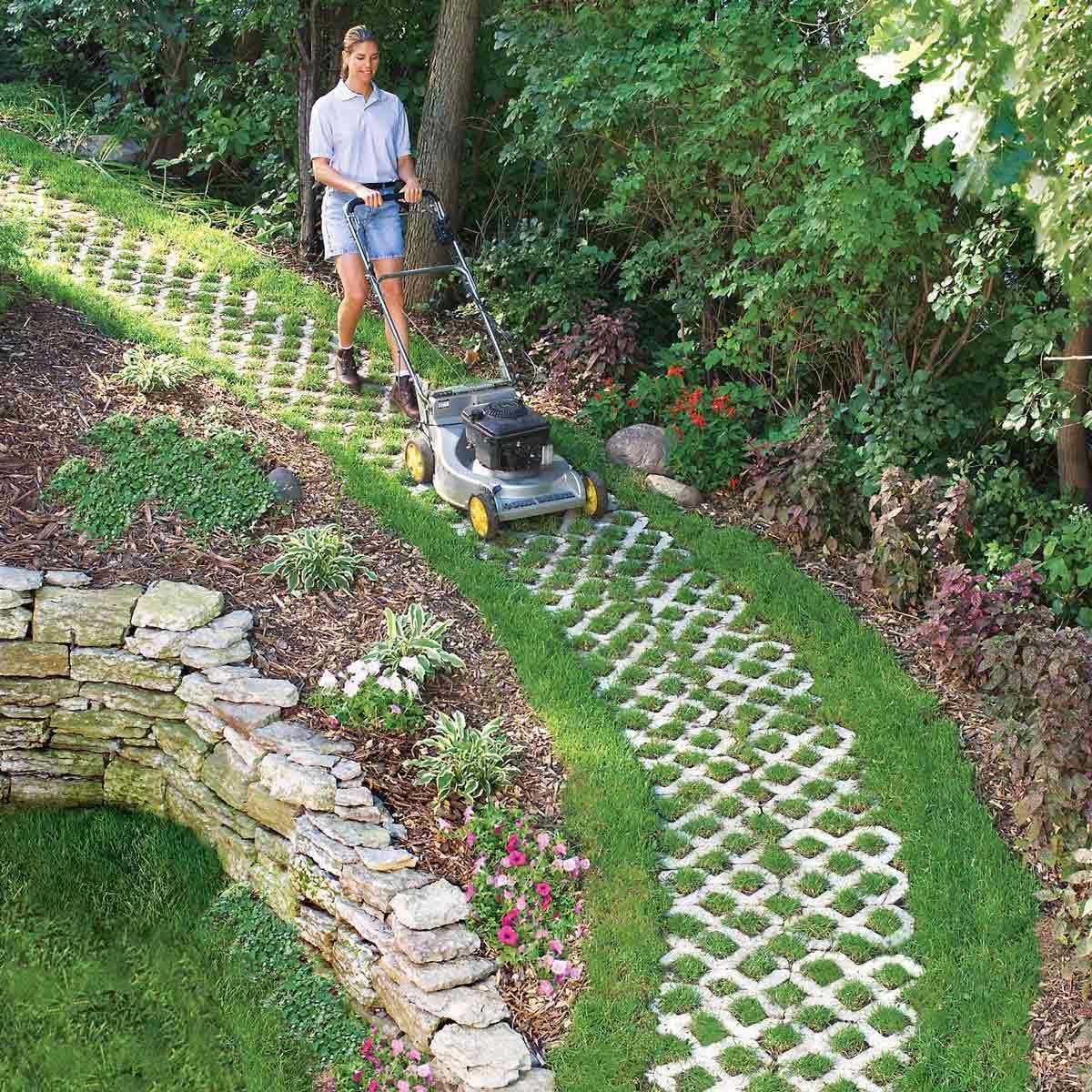
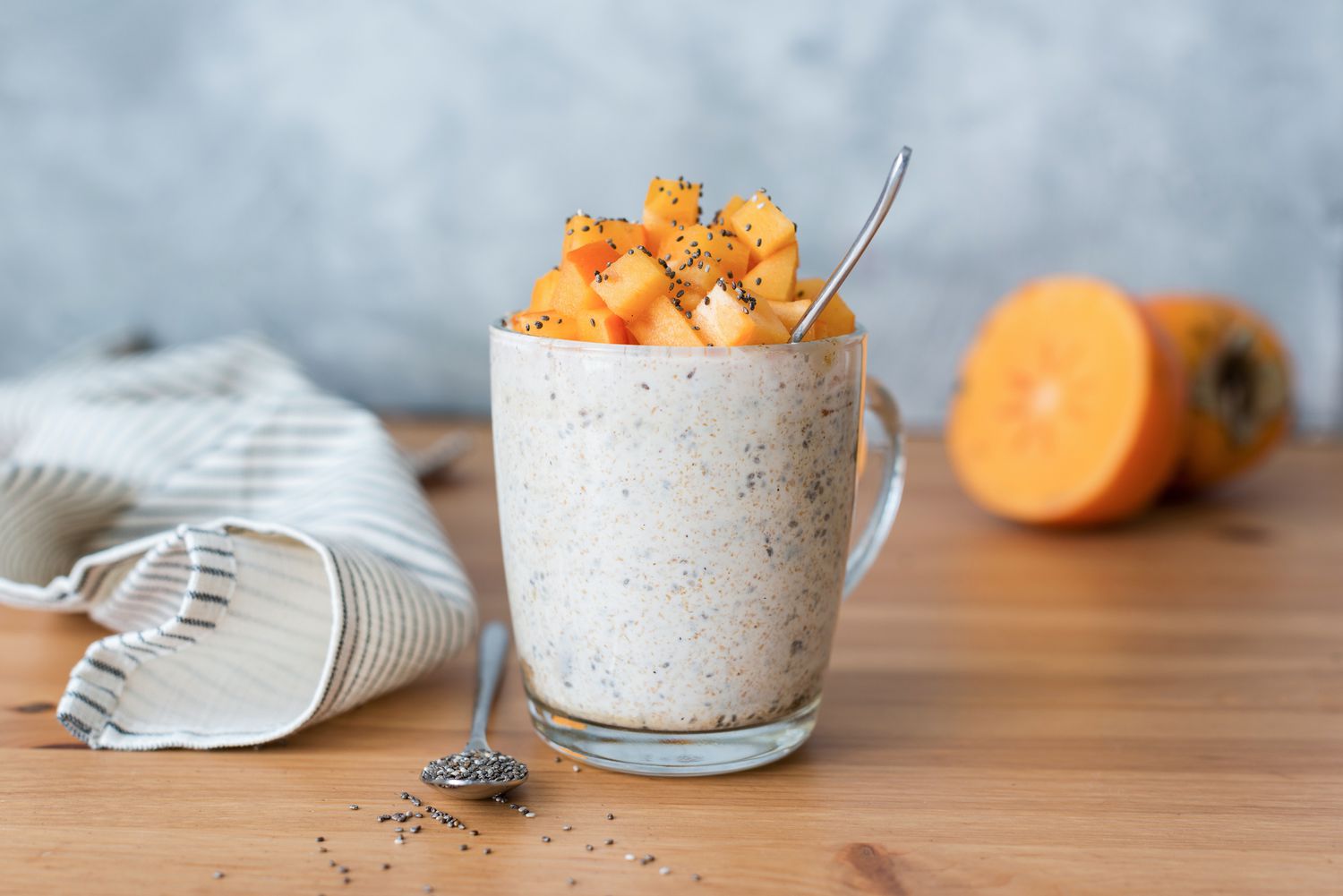

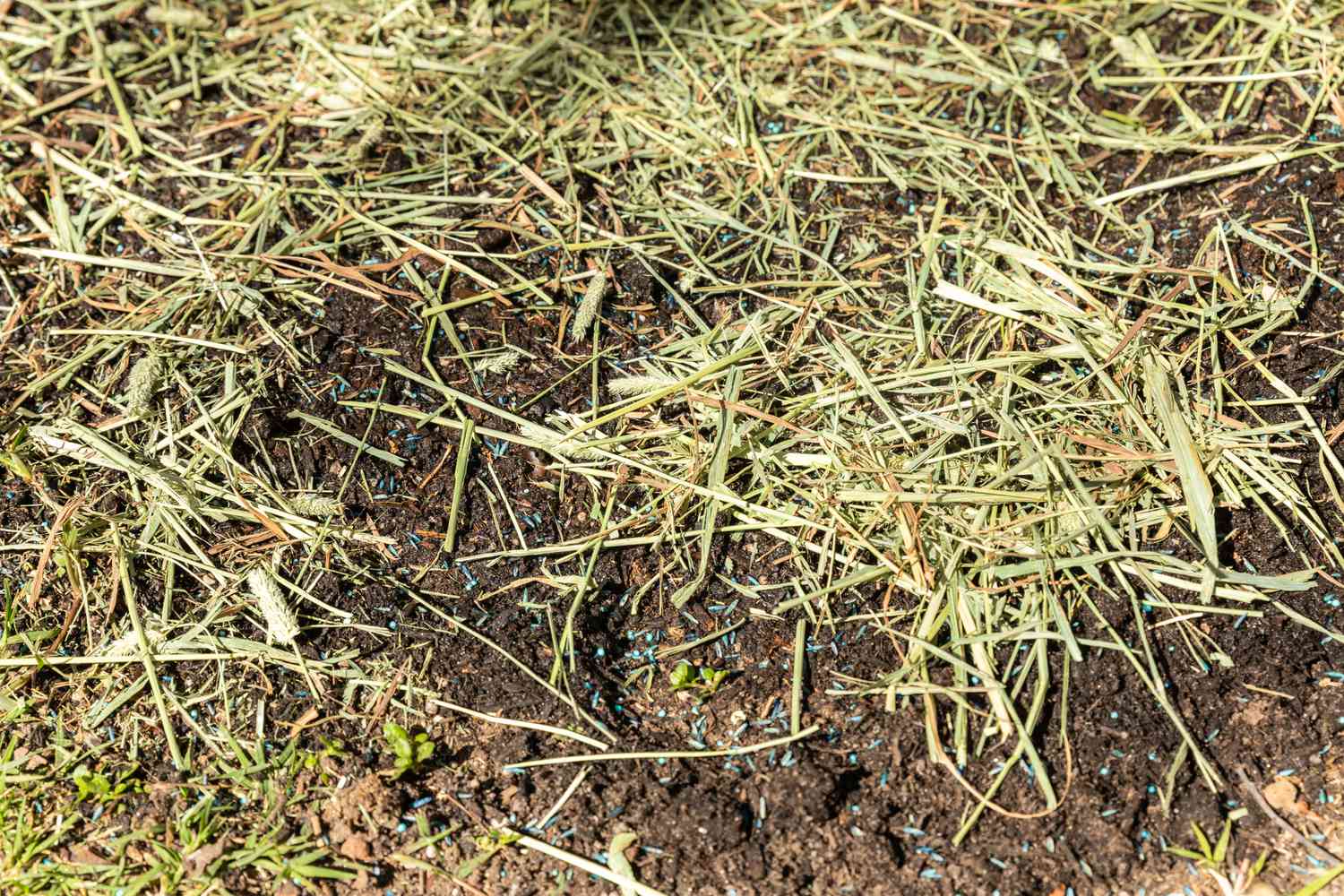
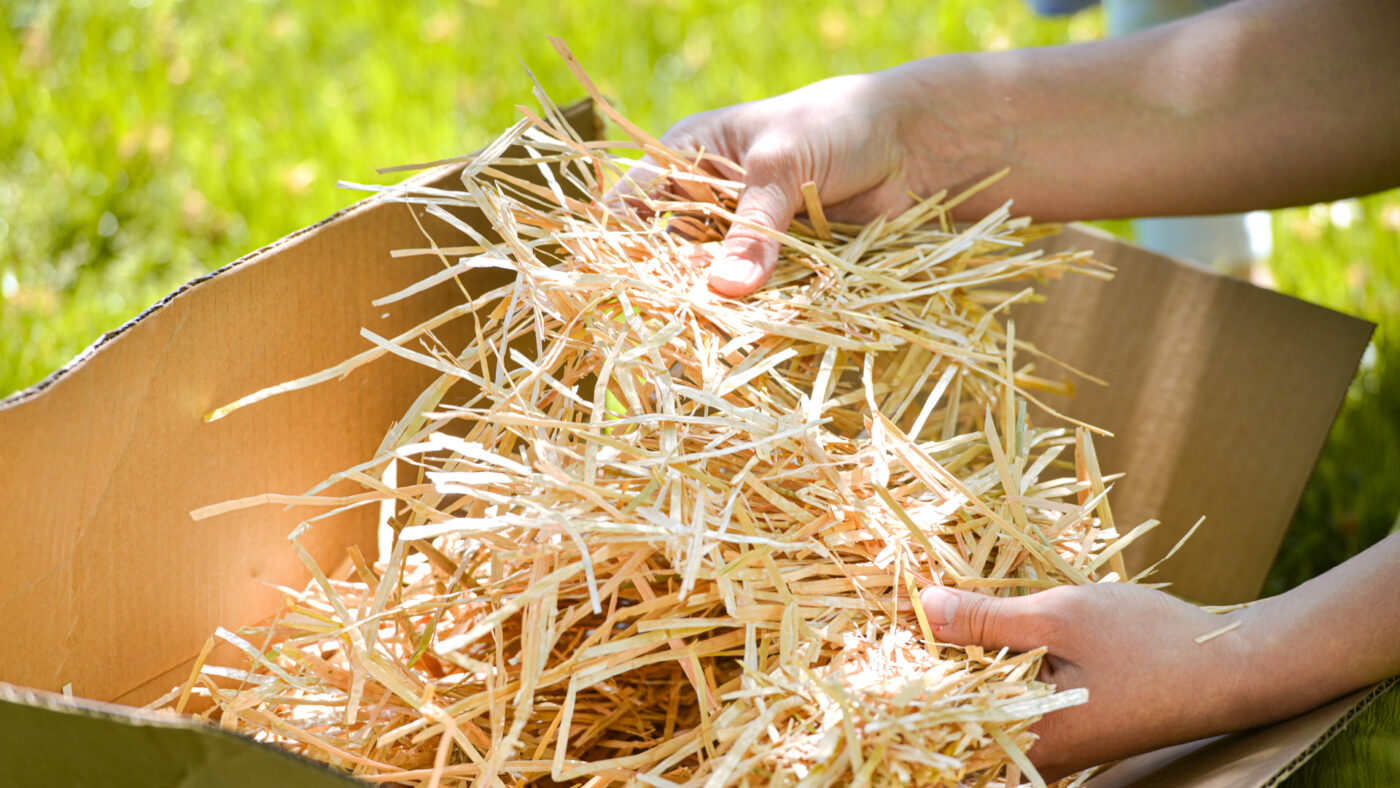
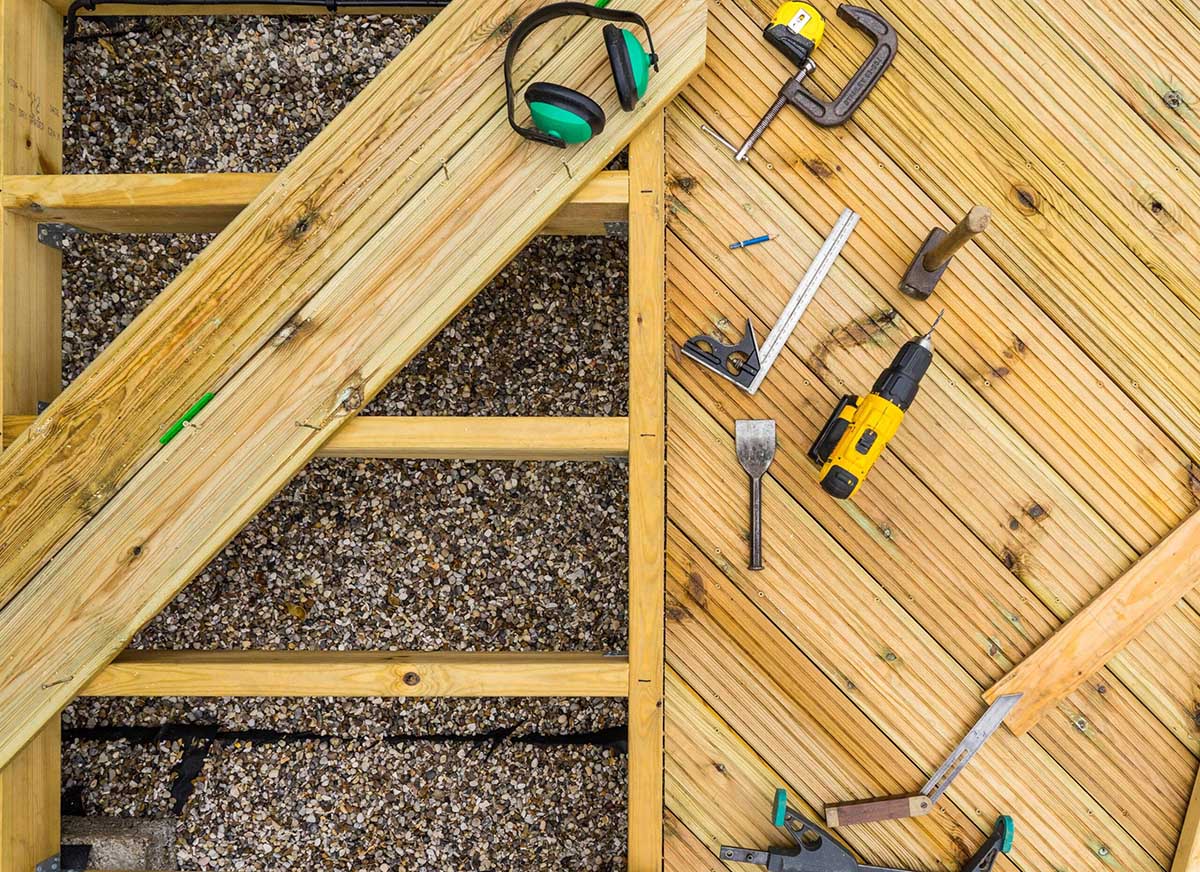
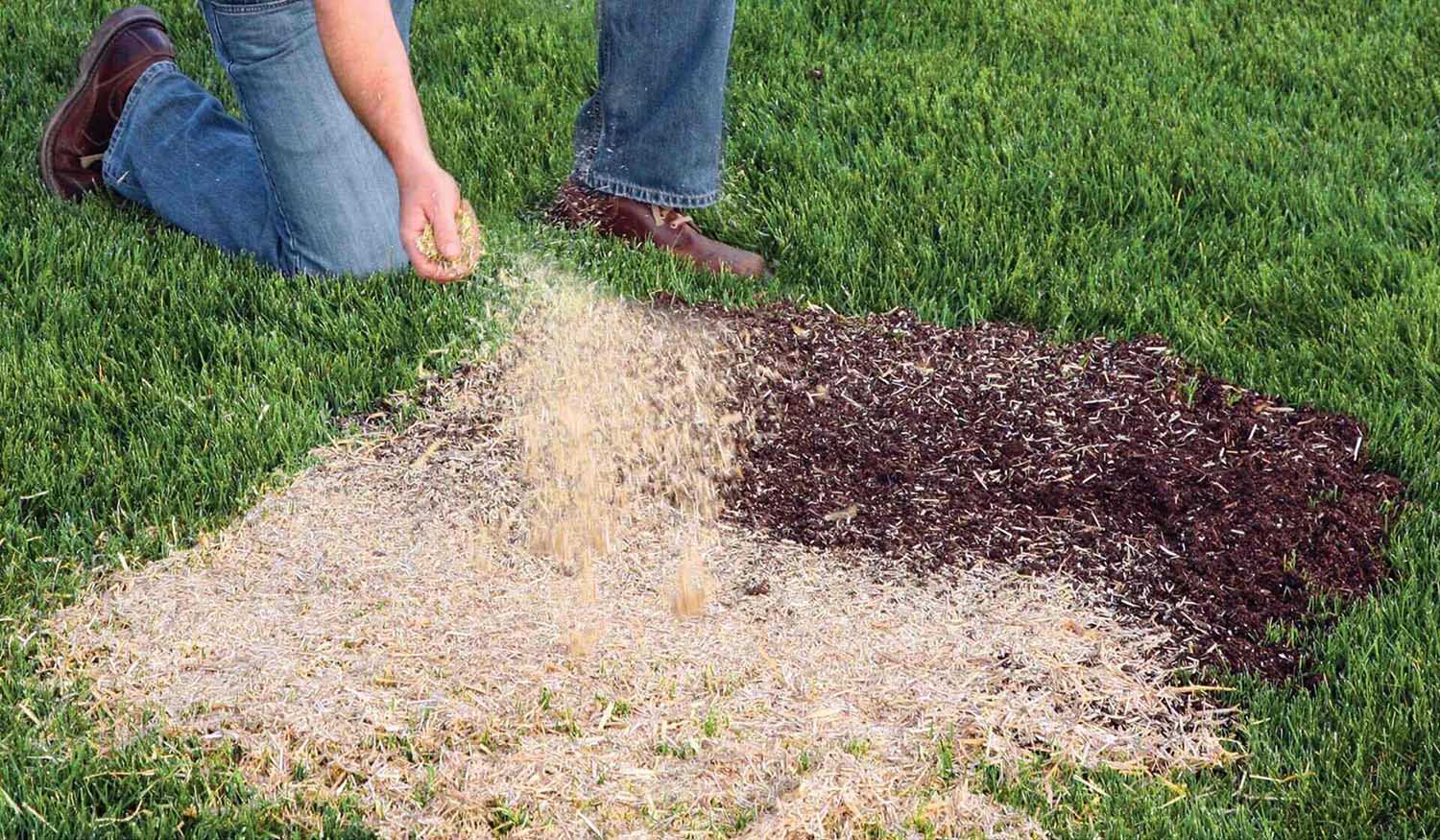
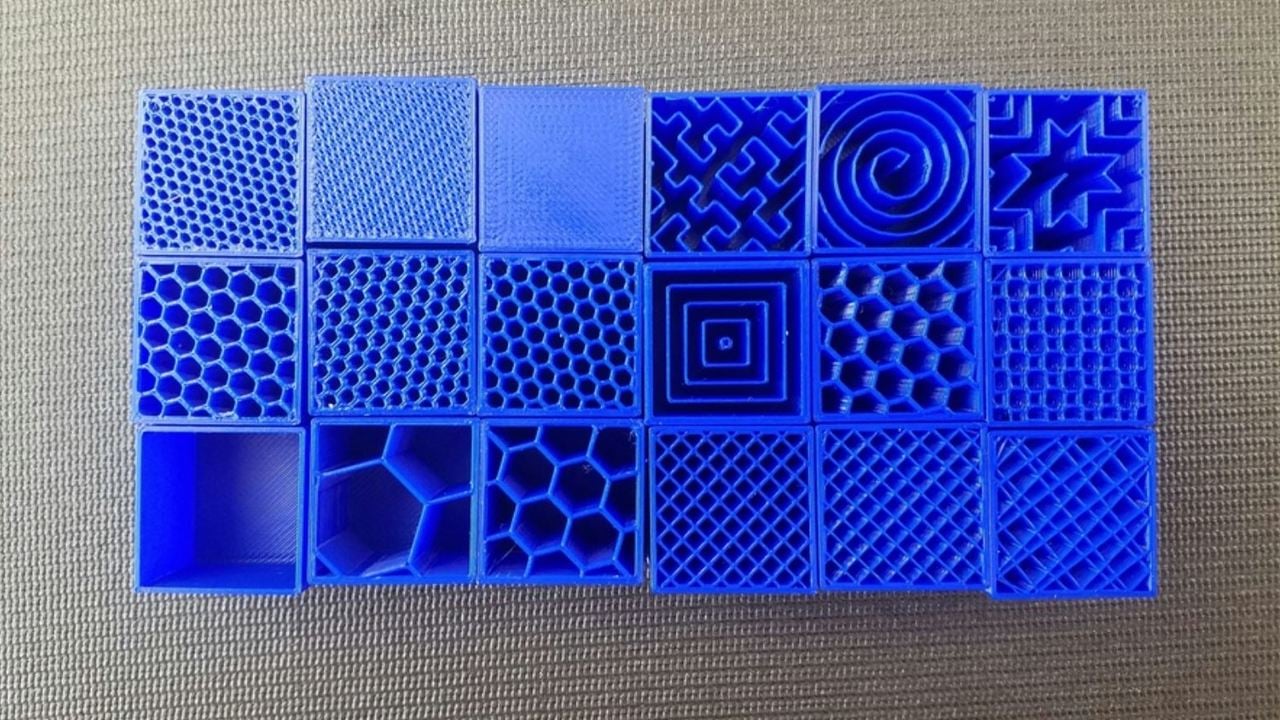

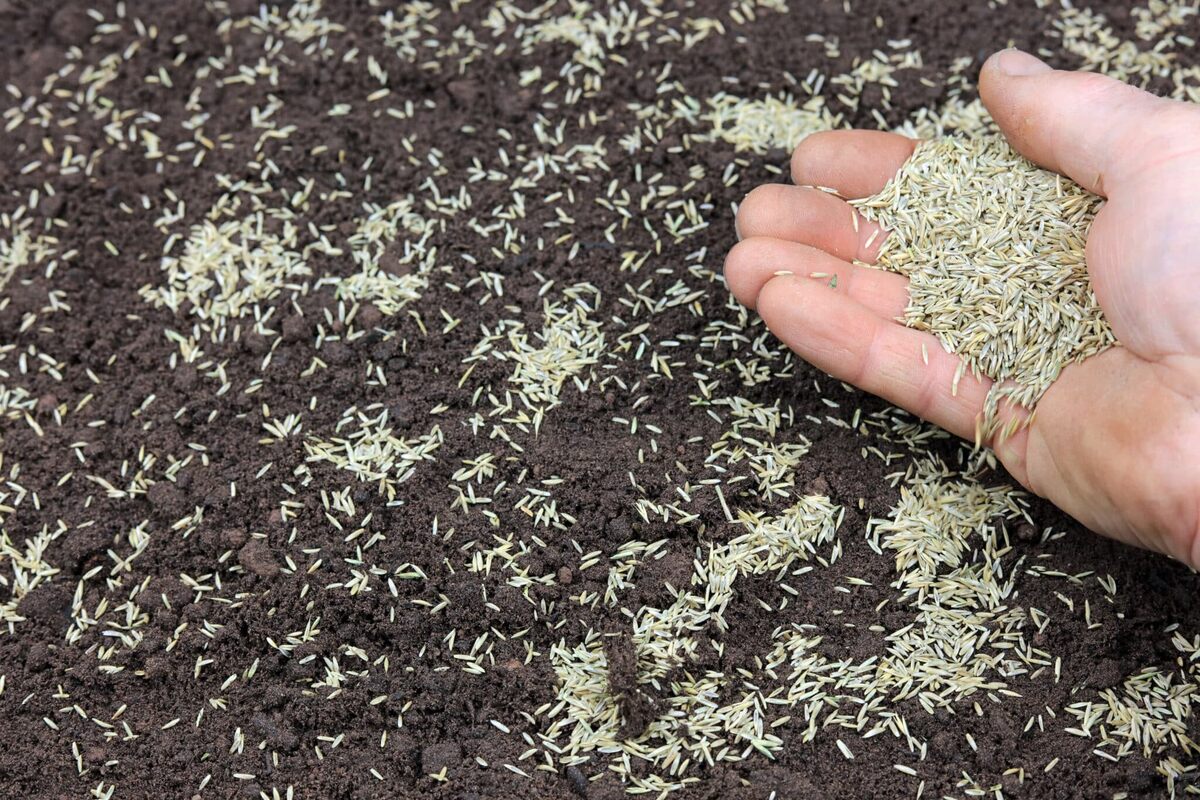
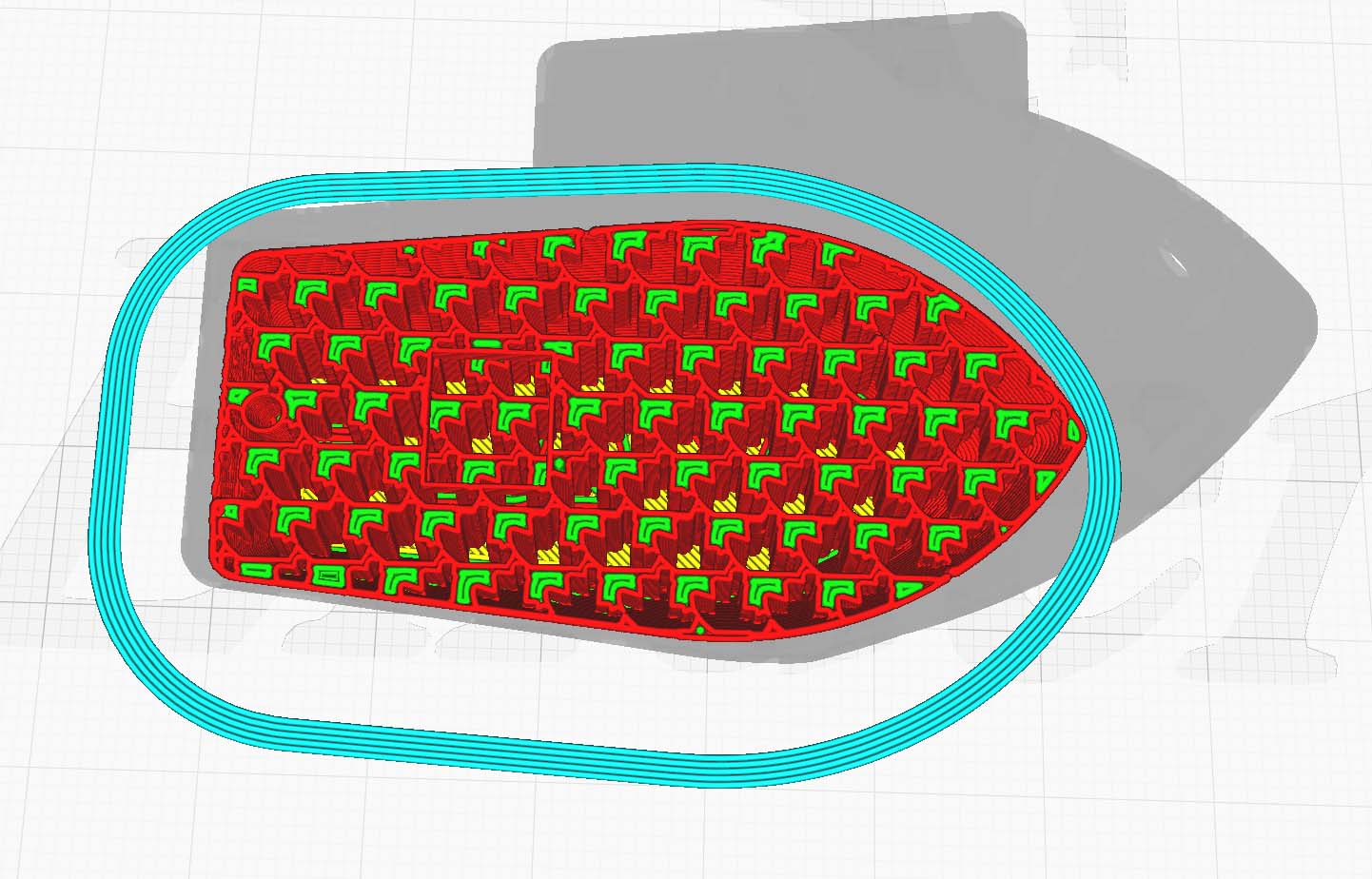
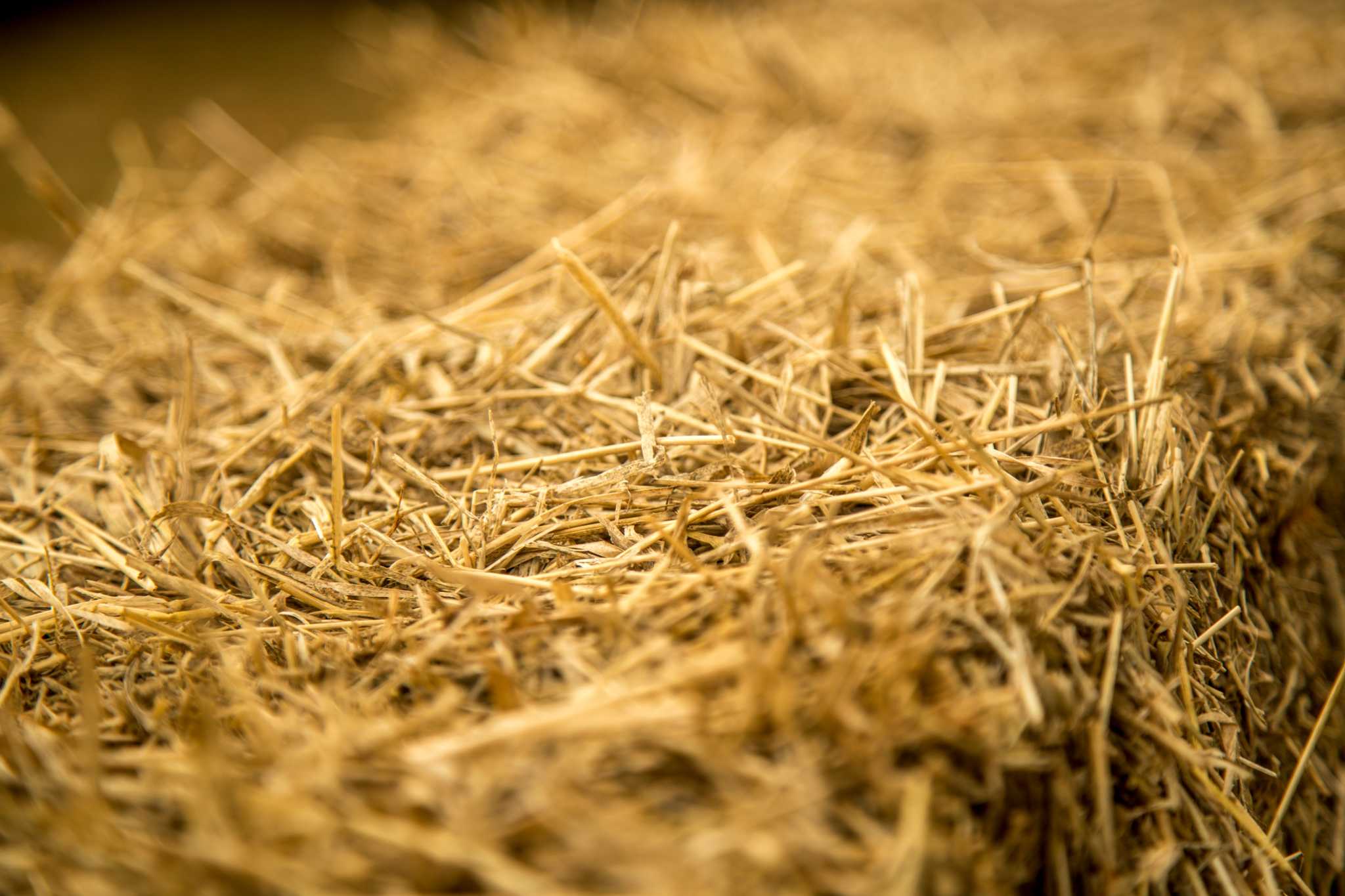
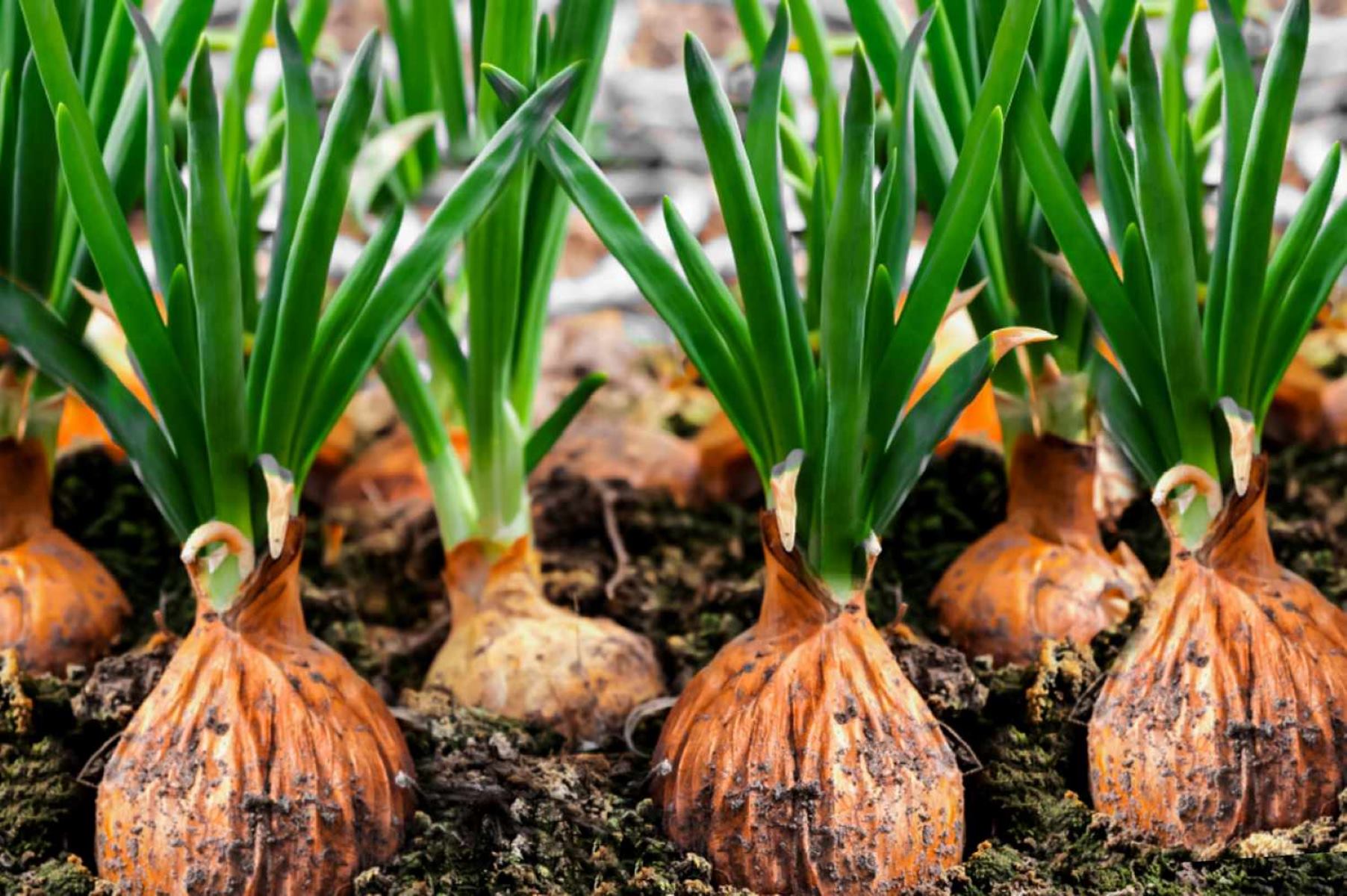

0 thoughts on “What Should I Put Over Grass Seed”